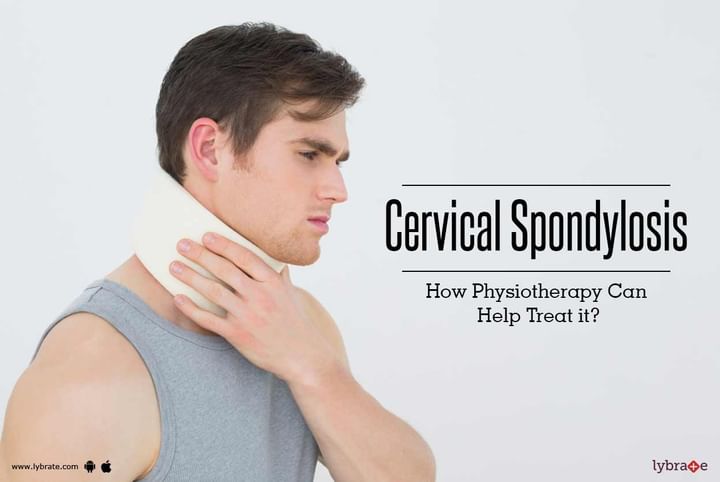Cervical Spondylosis - How Physiotherapy Can Help Treat it?
Cervical spondylosis is an age related disorder affecting the discs and joints in your neck. The overuse of the bone and cartilage in the cervical spine of your neck leads to cervical spondylosis. While it is mostly caused by age, it can also be caused by other factors. Stiffness and severe, chronic pain are the most common problems with patients afflicted with cervical spondylosis. While in others, it might not cause problems and they can go about their daily activities.
Physiotherapy for Cervical Spondylosis
There is no cure for cervical spondylosis, but its symptoms can be treated with physiotherapy. If you have chronic pain in your neck, shoulder blades or arms, a physiotherapist can provide effective pain relief by strengthening your vertebrae and neck. This will improve your posture and prevent any relapse of the pain.
Firstly, the physiotherapist will evaluate your condition; check your reflexes and strength. Then, the physiotherapist will move on to the following treatments:
- Stretching, strengthening and straightening exercises: Before beginning these exercises, your physiotherapist will first apply cold or heat to the affected area and then proceed with a deep tissue massage or electric stimulation. When your muscles are relaxed, the exercises will begin only then. These exercises are performed to strengthen the muscles in your neck. Through these, you will learn how to improve your range of movement and posture.
- Neck traction: Pulling your head to stretch out your spine is called neck traction. This technique is used to improve movement and ease the pain. Traction is used to open the spaces between the vertebras gently in order to ease pressure on the distressed discs. Traction is done continuously or sporadically, with short periods of rest in between. If you cannot find the right physiotherapist to do this for you, there are devices to help you stretch your spine.
- Cervical collars and pillows: Neck pillows or cervical pillows, are made to keep your neck steady while you sleep. Cervical collars are also called neck braces which are used to support the neck. While cervical collars have been proven to be quite beneficial, there isn’t much evidence to support cervical pillows in treating cervical spondylosis. You can always consult physiotherapist before purchasing a cervical pillow.



+1.svg)
